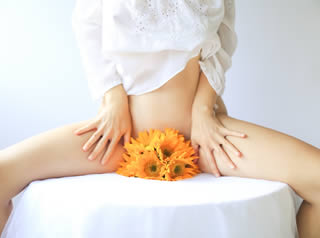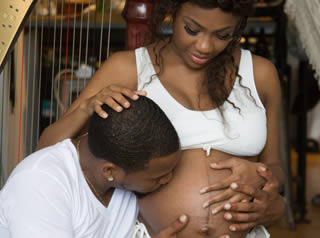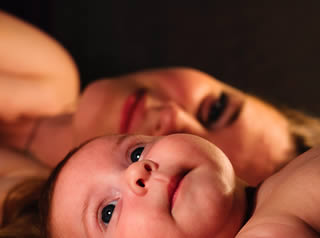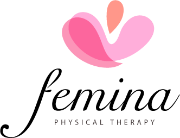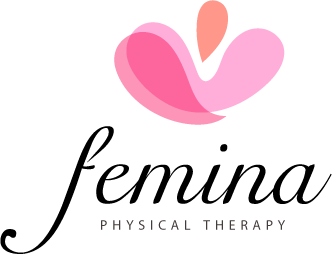Alphabetical Index of Articles on Women's Sexual, Pelvic Floor, and Reproductive Health
How Physical Therapy Can Help with Clogged Milk Ducts and Mastitis
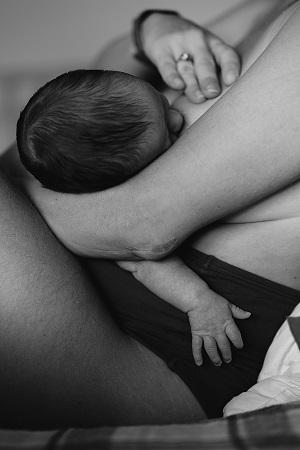
Physical therapy can help women across their lifespan. This includes support with orthopedic considerations related to breastfeeding, as well as other breastfeeding care with clogged milked ducts and noninfectious mastitis.
Symptoms & Causes of Clogged Milk Ducts and Mastitis
Breastfeeding can be a joyous time for some, but unfortunately it can be painful for others. Clogged milk ducts can be extremely uncomfortable and painful. It often arises due to not being able to drain fully, causing a back-up of milk along the mammillary ducts. It can occur when feeding sessions are interrupted or skipped, as well as when mom is under stress. One may experience symptoms such as a painful lump in the breast tissue, pain during breastfeeding that subsides after, and/or decreased milk supply from the blockage. Sometimes if unresolved, it can lead to mastitis, or infection of the breast tissue. Monitor for symptoms such as fever, swelling of breast tissue, redness of breast tissue, and escalation of pain/breast tenderness. If you start to experience these aforementioned symptoms, give your doctor a call as soon as possible.
International Journal of Childbirth Education | Help for Postural Pain After Breastfeeding

Help for Postural Pain after Breastfeeding
International Journal of Childbirth Education. March 2009
Heather Jeffcoat, DPT
Help for Postural Pain After Breastfeeding
This article provides help for postural pain after breastfeeding. In this joyous time of life, you don't want neck, shoulder and back pain to enter into your experience. With some key postural exercises, you can help reduce or eliminate the postural pain you have after breastfeeding.
One of the most precious bonds between a mother and her new baby is sharing the closeness of nourishing her child. Whether this occurs by breast or by bottle, there is nothing that compares to holding that little baby close, looking into their eyes and taking in that sweet baby scent. Over time, with poor positioning of her infant and adaptive postures that the mother will take on, musculoskeletal pain may develop. The most common place to develop these aches and pains are in the neck, upper and mid-back regions. They can be as mild as a dull ache felt between the shoulder blades to a debilitating tension headache that can make it difficult to care for her child.
What do Breastfeeding Women Need and Want? - No One Told Me About This Part!
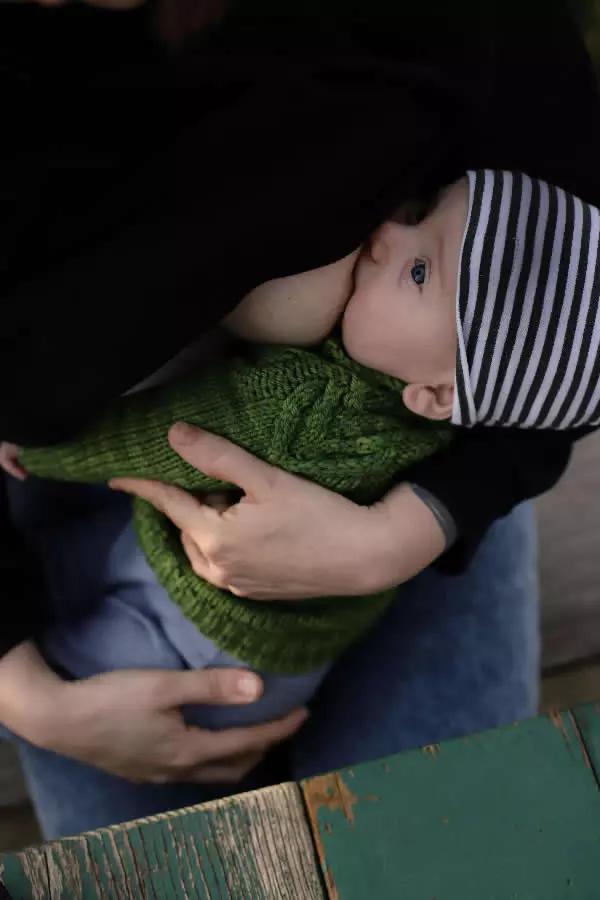
What do Breastfeeding women need and want? Let's take a closer look.
You’ve had your bundle of joy and you’re working out the kinks of having a new baby in your life and feeding them the best you can. From breastfeeding to return to exercise, there are many challenges that new moms must navigate.
There are a wide range of feeding options, from exclusively breastfeeding to formula/food feeding or a combination of the two. Studies have tried to get a better understanding of what women need in this stage of motherhood, particularly determining what impacts breastfeeding may have on exercise and activity. We know that breastfeeding causes a depression in estrogen which in turn can cause pelvic floor dysfunction like the involuntary leakage of urine with activities such as sneezing, coughing, laughing or exercise defined as stress urinary incontinence. This type of incontinence has been linked to a longer duration of breastfeeding, however its effects are not lasting (Snyder). Breastfeeding people may also have breast-related discomforts such as nipple pain, mastitis, and over/under supply. Any of these symptoms may limit one’s motivation to exercise.
